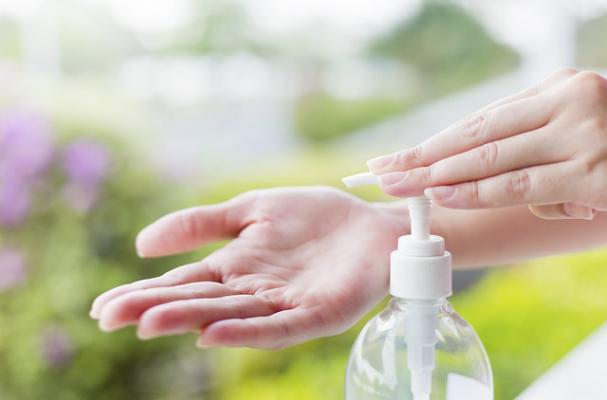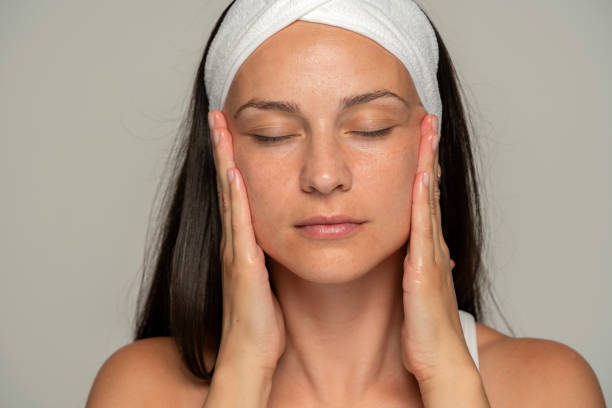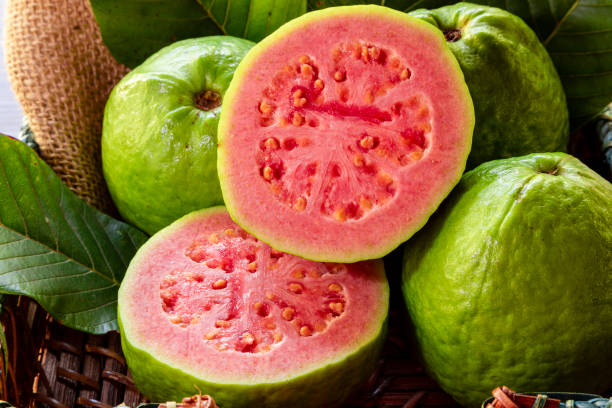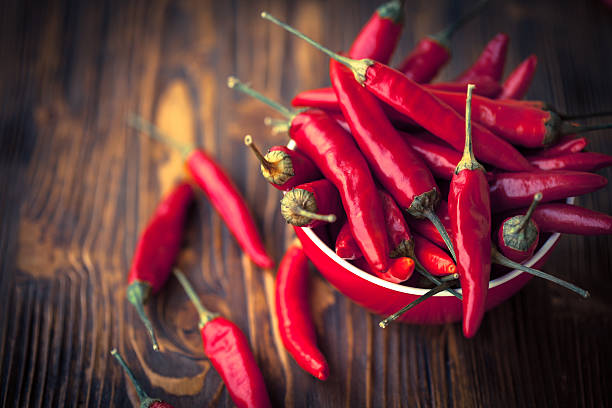How To Make Hand Sanitizers: A Guide for Beginners

Nothing beats good old-fashioned hand washing when it comes to stopping the spread of infectious diseases such as COVID-19. However, suppose water and soap are not available. In that case, the next best alternative, according to the CDC (Centers for Disease Control and Prevention), is the alcohol-based sanitizer that contains at least 60 percent alcohol. So in this article, we will tell you how to make hand sanitizers.
Unless you have the reserve of store-bought hand sanitizer, then you will probably have a hard time finding online and offline right now. Due to the fast spread of COVID-19, many retailers cannot keep up with the need for hand sanitizer.
The good news is that to make the hand sanitizer, all it takes is three ingredients to make at home.
A Word of Warning
Hand sanitizer recipes containing the one below are meant for use by the experts with the required expertise and resources for safe creation and proper utilization.
Only use handmade hand sanitizers only in extreme circumstances when hand washing is not available for the foreseeable future.
Do not use homemade hand sanitizers on kids’ skin as they might be more likely to use them improperly.
What Ingredients Do You Need?
Creating your hand sanitizer is simple to do, and it only needs a few ingredients:
- Rubbing or isopropyl alcohol 99% volume
- Aloe vera gel
- Essential oil, like lavender oil, tea tree oil, or lemon juice
To create a powerful, germ-killing hand sanitizer, take a 2:1 ratio of alcohol to aloe vera. It holds the alcohol content around 60%. It is the minimum amount needed to eliminate most germs.
How Do You Make Your Hand Sanitizer?
Dr. Jagdish Khubchandani, Ph.D., associate professor of health science at Ball State University, shared the hand sanitizing formula.
The hand sanitizer combines:
- Two parts of ethanol or isopropyl alcohol (90-99 percent)
- Aloe vera gel
- Few drops of clove, eucalyptus, peppermint, or other essential oil
If you are making a hand sanitizer at home. Dr. Jagdish Khubchandani says to stick to these tips:
- Make hand sanitizers in the clean space. Clean the countertops with the diluted bleach solution beforehand.
- Clean your hands thoroughly before making a hand sanitizer.
- To stir the sanitizer, use a clean spoon and mix. Clean these items completely before using them.
- Make sure that the alcohol used for a hand sanitizer is not diluted.
- Stir all the ingredients until they are well mixed.
- Please do not touch the mixture with the hand until it is ready to use.
For the larger batch of hand sanitizer, the World Health Organization has the formula for the hand sanitizer which uses:
- Ethanol or isopropyl alcohol
- Glycerol
- Hydrogen peroxide
- Boiled cold water or purified distilled
Is It Safe?
DIY hand sanitizer ingredients are all over the internet these days—however, are they safe?
These ingredients, including the one above, are meant for use by experts with both the resources and expertise to make hand sanitizers safely.
These hand sanitizers are only suggested in an extreme situation when you cannot wash your hands shortly.
Improper proportions of ingredients can lead to:
- Lack of efficacy, meaning that the sanitizer might not effectively kill the risk of exposure to some or all microbes
- Injury, skin irritation, or burns
- Exposure to Dangerous chemicals via inhalation
Homemade hand sanitizer is also not advised for children. Children might be more likely to improper hand sanitizer usage, leading to a higher risk of injury.
How to Use Hand Sanitizer
There are two things to be aware of while using hand sanitizer:
- It would help if you rubbed your hands until they became dry.
- If the hands are dirty or greasy, you should clean them first with water and soap.
After cleaning and drying, here are some tips for using the hand sanitizer completely.
- Apply or spray the hand sanitizer to the palm of one hand.
- Rub your hands together. Remember that you cover the entire surface of all the fingers and hands.
- Continue to rub your for 30 to 50 seconds or until the hands are dry. Though it can take at least 50 seconds, it can sometimes take longer for the sanitizer to kill several germs.
Hand Sanitizer vs. Hand Washing
Knowing when it is best to wash hands and when sanitizers can be helpful is mainly to protect yourself from the coronavirus and other diseases such as seasonal flu and the common cold.
According to the Centers for Disease Control and Prevention, they both serve a purpose; washing the hands with water and soap should always be a priority. Only use if water and soap are not available in a given condition.
It is important always to clean your hands:
- After Blowing the nose, sneezing, or coughing.
- Before eating
- After going to the bathroom
- After touching any surface that could be infected
Final Words
Sanitizer is handy on the go way to prevent the germs from spreading when water and soap are not available. Alcohol-based hand sanitizers can keep you safe and lower the spread of coronavirus. So as we have mentioned above, how to make hand sanitizer step by step to keep you safe from illness.
Hand sanitizers can be a useful way of getting rid of diseases. However, health authorities still advise against handwashing whenever it is possible to keep the hands free from viruses and other germs. If you find this information useful, drop a comment below this section.






